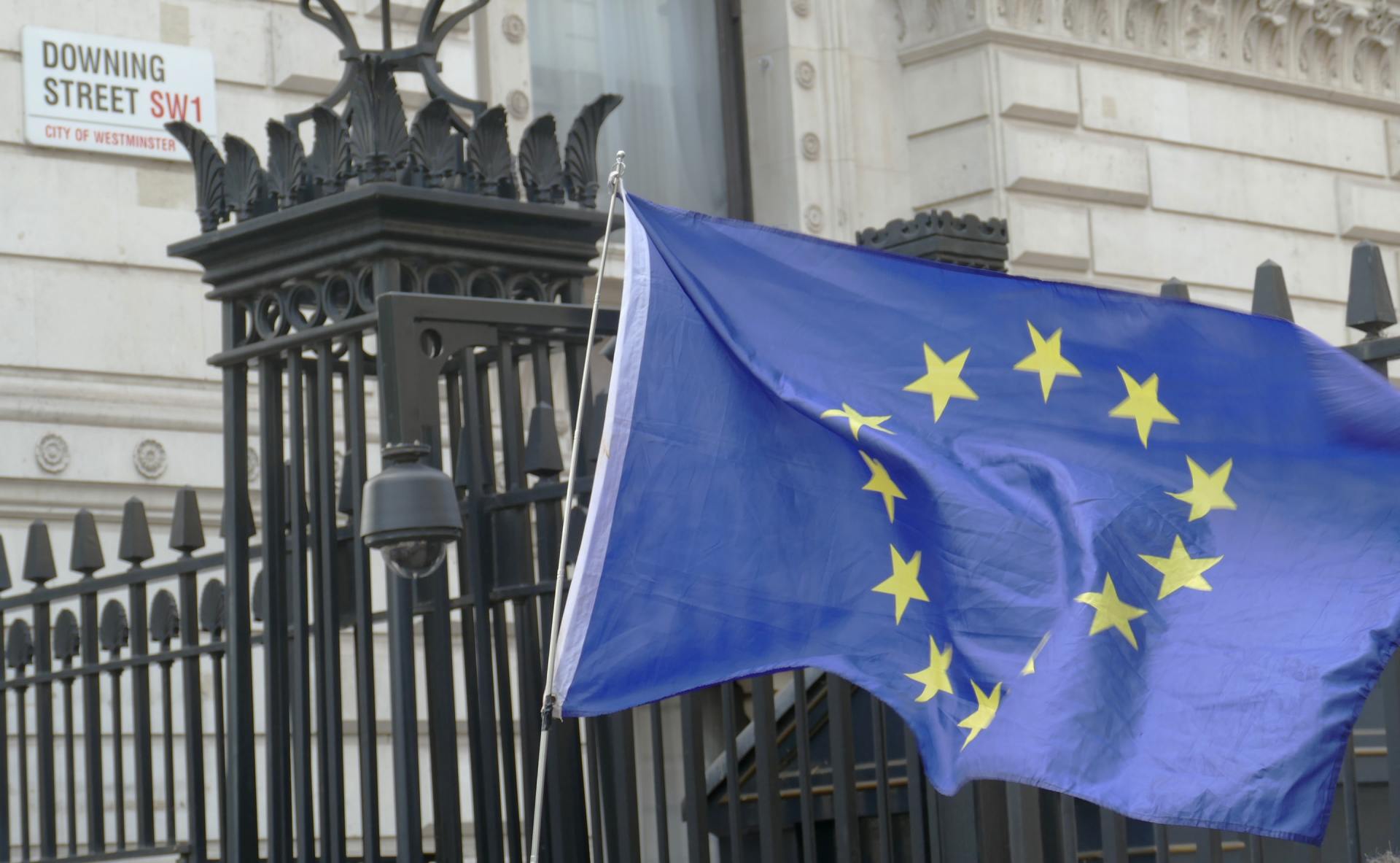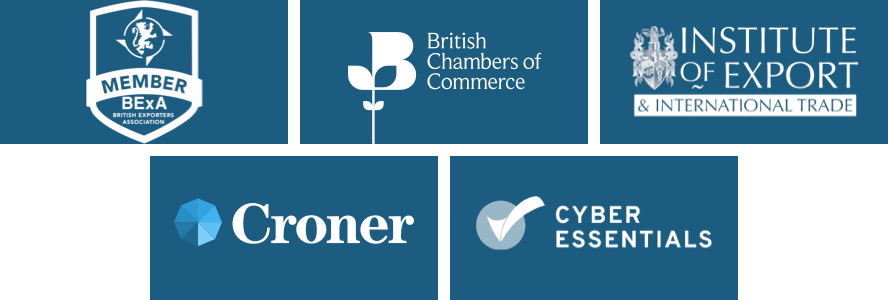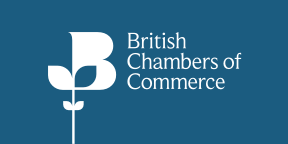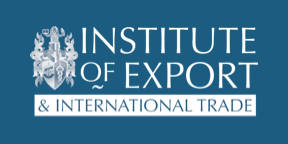Export Development
Letters of Credit: A Practical Workshop for Exporters
View upcoming dates ➝Creating a Winning Export Strategy
View upcoming dates ➝Effective Distribution Strategies for Exporters
View upcoming dates ➝Creating an Export Pricing Strategy that Works
View upcoming dates ➝Digital Exporting and Remote Selling
View upcoming dates ➝Understanding Free Trade Agreements
View upcoming dates ➝Trading with the EU - Trade Matters
View upcoming dates ➝Introduction to Excise Procedures
View upcoming dates ➝International Trade Compliance Manager
View upcoming dates ➝About Our Courses
Developing an export strategy is vital if organisations are going to succeed at selling abroad, especially in this new post-Brexit world. These courses are designed to help delegates, whether beginners or seasoned exporters, to understand the complexities of export markets.
Don't forget that Strong and Herd can also provide you with bespoke in-house training to suit your specific training needs. Simply contact us to discuss your complete requirements.
FAQ's
- What are the main overseas market research questions I should consider when considering entering an overseas market?
I think that at the point of deciding whether to enter a market, there are three main questions to consider:
i. Are there any legal or other barriers that make this market either impossible or not worth considering right now? It saves an awful lot of time and effort if we can get to a firm ‘no’ or ‘not yet’ quickly. For less experienced exporters, the most effective strategy is to concentrate on the markets that look like giving the quickest and most reliable return. So as well as discounting anywhere that may be inaccessible through export controls or local import restrictions, always aim to identify the obvious factors that are going to make it too expensive or difficult. This might include language issues, or technical/cultural norms and standards. Another typical knock-out factor is the extent of competition in the market. Very strong, dominant competitors are often the biggest barrier of all to smaller exporters.
ii. Having decided not to rule the market out, my next question would be ‘how’? This is going to involve finding out how my products are distributed in the target country, where people buy them, how the sector operates and any special factors that might need me to vary the product, the packaging or the mode of delivery. This is often a question of identifying the end point, such as the physical point of sale where I would need my product to be and working back from there. This can be the most detailed question of all. This stage of researching the market means looking at what target customers actually do, as well as understanding the competition and any legal, cultural or technical questions. Seeking answers to the question of ‘how’ will help to answer the third question…
iii. Who? Most typically, this is about the sort of representation (if any) I will be looking for. For many exporting companies, this may be almost a given, and is unlikely to vary between markets. Some types of products, such as low value consumer goods are often most effectively introduced to the market via distributors, people who buy the products themselves and re-sell them to retailers or other outlets. For other products, for example high value, bespoke capital items, the most effective representation might be a commission agent. It’s helpful to bear in mind that there are no absolute rules about the sort of route to market, in fact for smaller companies this is often a question of who can we find who is sufficiently interested and motivated to take the product on. Personally, I would never rule out a potential representative just because their method of working didn’t necessarily fit my preconceived ideas. But I’d urge caution on this. The choice of local representative is invariably the biggest single success factor in any international market.
- What factors should I consider when determining my international pricing strategy?
This is an excellent question, because it acknowledges something that small businesses sometimes overlook, that pricing is a valuable strategic tool, and that we actually have some degree of choice in how we set our prices.
Determining strategy always has to be preceded by identifying objectives. We can’t decide how we’re going to do something until we know what it is we are trying to do, can we? And our decisions about pricing should always reflect what we are hoping to achieve.
Although it’s an unfashionable thing to say, and will probably be frowned upon by marketing professionals, I would always start by looking at my costs. There’s no point in developing new business at home or abroad unless it’s going to make me some money. At least, that’s how we operate! Costs can sometimes mount up in exporting, and it’s important to take care that we cover any additional costs in servicing export customers, so that we can be sure of the price level below which we should not go. Export sales potentially involve a number of costs that don’t really apply in our own country. These include freight (which also covers clearance, documentation and insurance), packaging, which is often quite different when delivering products abroad, cost of converting foreign payments to the home currency and the knock on cost of slower payments if applicable and the risk of currency fluctuations. Care needs to be taken on all of these aspects and more. Understanding how they affect our bottom line makes the difference between being successful exporters and busy fools.
So the ‘true’ cost of an export sale, including the lowest margin that is sensible to the business model, can be seen as the ‘bottom line’. We shouldn’t usually go any lower than this, although we may well go much higher. This is where the strategy comes in. The most obvious question when deciding pricing strategy is “what does everyone else do?” Taking a look at competitors’ prices should give an idea of what buyers expect to pay, and this should have a bearing on the price levels chosen. Unfortunately, this is not always as easy as it sounds. Even if competitors have been kind enough to publish their prices on their website or in a catalogue, these may not be the ‘true’ prices, just as the asking prices of houses or second-hand cars that we see in newspapers are not necessarily going to bear much relation to the ultimate selling price. In lots of sectors, exporters need to maintain a flexible approach to pricing, and trust their sales team or representatives to negotiate a sensible price.
If the strategy is to market the product as superior to alternatives, then it would be usual for the price to reflect that. Alternatively, if the strategy is to offer a low-cost alternative to the current offering, then the ultimate price will need to be sufficiently low to entice buyers. There are a number of recognised pricing strategies that an exporter can adopt, and a separate article from Tutor2u explains some of the most popular ones. Adopting the ‘right’ strategy requires a thorough understanding of the local market and a clear setting of objectives
Strong & Herd LLP















